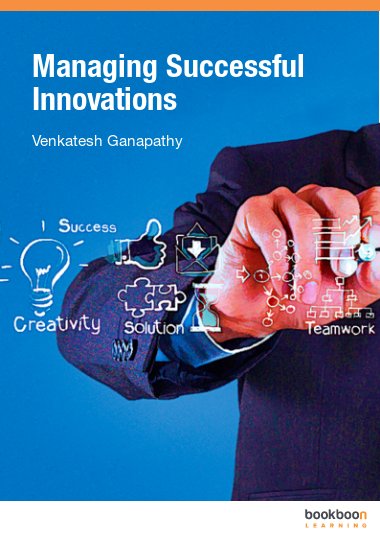The book “Managing the Process of Innovation” is a compendium of all that you need to know about innovation management. It covers a complex topic in a remarkably simple fashion. The language is lucid and easy to relate to. There are cases that have been used to trigger your analytical thinking abilities and examples of companies that hit the jack pot by their constant endeavor to grow their business through innovation.
About the author
Venkatesh Ganapathy presently works as Associate Professor (Marketing) in Presidency Business School, Bangalore. He has worked in the industry for close to two decades in organisations like Castrol India Limited (part of BP PLC) and Firepro Systems Private Limited. He has had a rich and diverse cross-functional experience during his stint in the corporate world. He has published 15 books so far. He is also the author of 50 research papers that have been published in national and international peer-reviewed journals of repute. He has presented his research efforts in national and international conferences and has been the recipient of awards and scholarships. He has a profound interest in content marketing and has written over 300 blogs. His research interests are in services marketing and service supply chain management.


